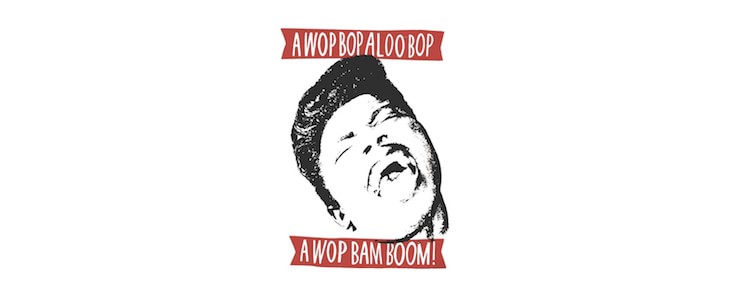What’s more boring than making creativity boring?
I first discovered the strategy consultancy, Booz & Company,* a dozen years or so ago when, as a designer turned small business owner, I was desperate to understand the business world better. Their Strategy+Business magazine articles were accessible and helpful. Earlier this year, the firm combined with PwC and changed its name to Strategy&. I continue to subscribe to their email notices, and this recent headline grabbed my attention:
“Are You Ready to Get Creative?”
Why, yes! As a matter of fact I am ready to get creative. In fact, ready or not, I believe most organizations are required to be creative today. The machine age has ended, and while building efficient machines within a company may still be required to stay in business, being the best machine is no longer the great competitive advantage that it was for the past couple of centuries. Where machine performance is required, machine tactics remain critical. But for organizations that truly want to compete today, creativity is now strategic.
Yet, I’ve found use of the word ‘creative’ is rare in such business-focused publications. My experience is that business gurus and executives are more comfortable using the word ‘innovation’ than ‘creativity.’
Why is that?
Innovation sounds practical and technical. There’s a sense that you can structure and engineer innovation. Surely, you can measure innovation.
But creativity? Creative people are strange and hard to trust. Like the grasshopper in Aesop’s fable, they are hard to manage. They’re irresponsible. How do you measure creativity? What organizational leader really wants to encourage and support ‘creativity?’
Call it what you will, the age into which we’re moving requires us to be more creative, more open, and more collaborative. In short, businesses must become more human and less machine. And that’s sadly where posts like this one from Strategy+Business cease to resonate with me. I often read pieces like this that use the right words and phrases and argue for creativity, but still use machine ideas to talk about it. That might work for certain business audiences, but this sort of business language is a dagger in the the heart of the creative workforce. The truly human part of us all knows better.
There are plenty of serious business gurus who get this. My favorites include Roger Martin, Tom Peters, Gary Hamel, and Henry Mintzberg. They promote design studio-inspired models rather than traditional top-down, hierarchical models, and they remind us that in today’s competitive landscape great ideas can come from everywhere—customers, partners, even employees. They warn us that executives need to have skin in the game. They advise us that leaders perform better when they serve in the role of catalyst rather than posture as the authoritative master of a great machine.
To compete today, entire organizations must innovate, not just R&D departments and separated ‘innovation’ teams. Therefore, entire workforces need to value, support and nurture creativity. Because the goal is not just to identify ‘great’ ideas. As Linus Pauling advised us decades ago and Edison proved previous to that—to find great ideas you have to create a lot of ideas. And that, ultimately, is why I find the type of thinking this article represents so disappointing.
I understand the challenges in getting executives and corporate leaders to think differently about creativity. They’ve been successful thus far understanding and exploiting machine-age strategies and tactics. With their power, status and financial packages as proof of their expertise and competitive acumen, why would they consider change? Much less the revolutionary change that open, collaborative culture requires.
I suppose those who write pieces like this hope to avoid provoking potential clients and causing their fears of creativity to run rampant. Perhaps, like me, they’ve found the biggest obstacle to making workforces more creative and innovative isn’t getting buy-in from employees, it’s lack of commitment and courage from corporate leaders. Perhaps they believe it is best to take things slow. I wonder if we have time for such patience. I don’t. And I’m honored to have worked for a CEO at Red Hat, Matthew Szulik, who didn’t have much patience for such complacency either. But, then, Matthew thrived on competing.
Back in the 1950s there was a popular singer named Pat Boone who routinely covered hits of several true R&B pioneers. His version was the same song with the same lyrics. But Boone’s cleaned up, less threatening covers of songs like ‘Tutti Fruitti’ and “Ain’t That A Shame” just weren’t the same.
If that was rock & roll then rock & roll would have died.
Boone’s recordings were created for parents and teens and juke box owners scared of the more authentic, original hits by the likes of Little Richard and Fats Domino. That’s what I feel like when I see the essence of creativity converted to business-speak. It it as if someone wearing white bucks and a neat haircut is telling me how important creativity is.
What’s more boring than making creativity boring? A-wop-bop-a-loo-bop-a-wop-bam-boom!
POSTER DESIGN BY SKILLET GILMORE
*Before becoming Strategy&, Booz & Company was spun out of Booz, Allen and Hamilton in 2008, for those who are interested.
